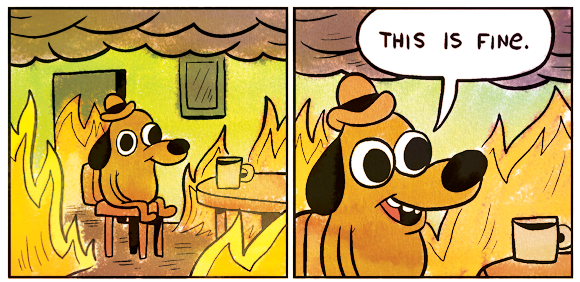Five Ways Designers Can Optimize UX/UI
Opening a freshly launched site is a designer’s favorite time to pull out a magnifying glass and critique the crap out of another designer’s work. Increasingly, user experience (UX) and user interface (UI) design are factoring into that evaluation.
 The need for UX/UI experts in designing a website has pretty much come into full acceptance. In the past, designers felt a bit threatened by the role that expertise played in design, but today they actually enjoy using the UX/UI facts as ammunition during client reviews. It gives the designer power when the rest of the team wants to put a CTA button on the wrong side of the screen, for example.
The need for UX/UI experts in designing a website has pretty much come into full acceptance. In the past, designers felt a bit threatened by the role that expertise played in design, but today they actually enjoy using the UX/UI facts as ammunition during client reviews. It gives the designer power when the rest of the team wants to put a CTA button on the wrong side of the screen, for example.
It is important to stay aware of trends in UX/UI. They provide great insight into a user’s psyche and in turn can create more revenue for your clients. But be careful not to overthink the process. Especially in the early stages. This can drain the organic and genius ideas that bubble out of unconventional design.
So how can we get the most from UX/UI? Here are five things you might find helpful.
1) YOU are not an expert… ever.
The audience you’re designing for is, in fact, not you. Do your research on their behaviors instead of making assumptions about how they will interact with the site. A good comparison in the analog world would be OXO can openers. For a million years, can openers were the same. Then someone decided to actually study the user experience. They pinpointed the main problems and designed a new experience to eliminate those issues. Plus, they made the product aesthetically pleasing. This kind of observation and intellect will result in better site UX/UI as well.
 2) Be simple.
2) Be simple.
Apple, IKEA and companies like them have set a high bar with clear, beautiful and intuitive product design. They look deceptively simple. The truth is a lot of hard work and time went into the final product. The same is true for the best UX/UI. Resist the siren call of bells and whistles. Establish a clearly defined path for the user and stick to it. That doesn’t mean it can’t be beautiful or clever. Just keep it simple. And remember the ancient Zen aphorism: A garden is not complete until everything is removed.
3) One template does not fit all.
There are hundreds of pre-made templates online. These can serve as wonderful springboards for creating your own custom design. But to lean on them as a complete solution can be a recipe for failure. You have to consider the creative, strategic and business aspects of the site. UX/UI designer Amanda Rufer says, “In my role, I assume others on my team see me as someone who asks a lot questions and needs to evaluate a variety of elements before coming to a conclusion. It’s not like you have this book of values that works for everything.”
 4) Remember that UX wireframes are not a substitute for design.
4) Remember that UX wireframes are not a substitute for design.
Of course they’re not. But some clients see wires and lose their GD minds about the shape of a blank image box or a typeface that’s not theirs. Having a conversation with your clients about what wires and mapping accomplish preceding design will help soothe those who don’t quite understand. Otherwise you may end up in a situation of a client getting hung up on all of the estimated details of a design.
5) Don’t base everything on science. Or art.
Sorry/not sorry, designers. But as much as I love getting my creative groove on designing all the functions and paths of buttons, navigation and pages; there is still a need to test it with fresh, uncreative eyes. Grab someone outside of your office who has never heard of your client and watch them navigate through your plan. You should be able to see missing paths and where the user is expecting to see buttons. By the same token, run the paths past a couple of designers you respect to get a read on the visual aesthetic of the plan.
Creating anything wonderful is a process. It is easy to lose focus along the way or want to skip over parts. And sometimes we like to over-science things. In the end, it’s probably best to go with your gut. Let UX do their thing. Let design flourish after. Let the client chew it to bits. Pick it all back up and try again. Then grab lunch with your besties at the agency across town and trade war stories and compare battle scars.

